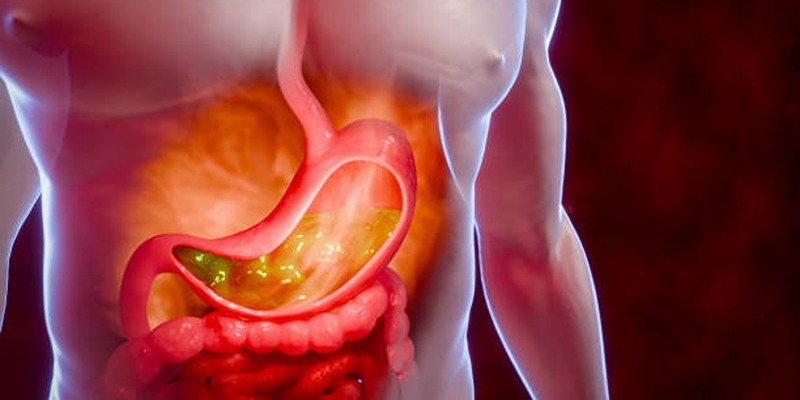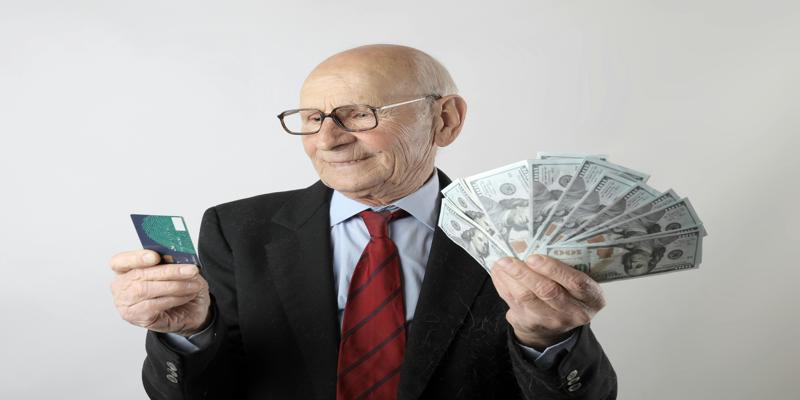5 Rare and Unusual Headaches You Should Know About
Headaches are a prevalent condition, but they are not all created equal. Although tension headaches and migraines are well-recognized, there are rarer forms of headaches that can be just as or even more incapacitating. These strange headaches might have unique causes, symptoms, and triggers that distinguish them from common headaches. Learning about these rare forms can assist people in pursuing proper diagnosis and treatment. Five unusual headache types, causes, symptoms, and treatment approaches are given below.
Thunderclap Headache
A thunderclap headache describes a sudden severe headache, one that usually reaches its peak within 60 seconds. It is typically defined as the worst headache a person has ever experienced. Thunderclap headaches can suggest a serious condition in the brain: aneurysm, stroke, or hemorrhage. Other possible causes include reversible cerebral vasoconstriction syndrome (RCVS) and hypertensive crises.
Symptoms of thunderclap headache include intense pain coming on suddenly and spreading very quickly to nausea, vomiting, confusion, and even loss of consciousness. Immediate medical attention should be sought, as the attacks could be life-threatening. Usually, a diagnosis includes a brain scan by CT or MRI to detect any bleeding or anomalies there. Treatment will depend on the cause such as if an aneurysm is diagnosed, surgery is then indicated, while other types regard mainly blood pressure control and pain relief.

Ice Pick Headache
Ice pick headache essentially lies Cronus-spear-chop yet dupe-primary stabbing headache but essentially comprises brief and intense episodes of stabbing pain. They usually last for a few seconds and come and go almost at random, sometimes localized either in the front or side of the head. While their origin is unknown, they are thought to involve nerve dysfunction, and some believe that having migraine attacks or cluster headaches predisposes one to develop these far more infrequently than customarily expected.
Considering that ice pick headaches last only for a couple of seconds, they are not typically treated. In cases of chronic headache sufferers, try indomethacin-non-steroidal anti-inflammatory drugs that might help. Also, lifestyle changes that may reduce occurrences include relaxation, proper hydration, and avoiding known headache triggers, including excessive caffeine.
Hypnic Headache
Hypnic headaches are rare events that happen exclusively during sleep and thus tend to wake victims at the same hour every night. These attacks appear primarily in older adults, although the condition can also be seen in patients up to about age 50. The pathological mechanism is still unknown, but it might have something to do with sleep cycles or alterations in brain functions.
Hypnic headache- a dull or throbbing headache that lasts for a period ranging from 15 minutes to several hours. Unlike a migraine, these headaches do not have nausea or photophobia with them. Caffeine before sleeping, lithium, or melatonin for the treatment of sleep regulation and prevention of these headaches are good options at this time. Following a regular sleep schedule and limiting nighttime interruptions help reduce the incidence of hypnic headaches.
Hemicrania Continua
Hemicrania continua is a continuous headache that occurs on one side of the head. It is a chronic headache with constant pain interrupted by phases of increased pain referred to as exacerbations. Moderate daily headaches with intermittent stabs of severe, sharp pain characterize it. Other symptoms can be redness of the eye, tearing, nasal stuffiness, and photophobia or phonophobia.
A characteristic of hemicrania continua is the fact that it can be responsive to indomethacin, an over-the-counter anti-inflammatory medication on prescription. If the headache is not responsive to indomethacin, then it must be a different condition. In a few instances, other treatments like nerve blocks or other anti-inflammatory drugs may be suggested. A headache diary is helpful to help people recognize possible triggers and patterns of symptoms for improved treatment management.

New Daily Persistent Headache (NDPH)
A new daily persistent headache (NDPH) is a sudden headache that persists every day without a break for months or even years. It starts acutely, with patients recalling the precise day when the headache began. The etiology is unknown, but infections, stress, or surgery can precipitate it.
NDPH symptoms include a persistent headache that does not respond to traditional pain medication, mild to severe pressure in the head, and light and sound sensitivity. Because NDPH is not responsive to topical treatments, medications, lifestyle modifications, and nerve block therapies might be required to treat the condition effectively. Patients are usually instructed to collaborate with a neurologist to investigate long-term treatment strategies, such as physical therapy, acupuncture, and cognitive behavioral therapy.
Preventing and Controlling Uncommon Headaches
Although some uncommon headaches are of unknown origin, several methods can prevent or control them:
- Lead a Healthy Lifestyle: Drinking plenty of water, consuming a healthy diet, and exercising regularly can prevent headaches.
- Control Stress: Techniques like meditation, yoga, and controlled breathing exercises can help decrease the frequency of headaches.
- Identify Triggers: A headache diary may help identify definite triggers, such as particular foods, changes in weather, or sleep disorders.
- Seek Medical Advice: If the headaches are bad, frequent, or have associated symptoms like a change in vision or neurological changes, medical advice is essential.
Conclusion:
Uncommon headaches such as thunderclap, ice pick, hypnic, hemicrania continua, and new daily persistent headache (NDPH) need attention and correct diagnosis. Though some are innocuous, others can be markers of serious medical illnesses that need to be treated urgently. In case you suffer from severe, sudden, or frequent headaches, it is critical to get a medical assessment to establish the cause. Knowing these uncommon headaches will enable people to receive proper treatments and enhance their quality of life. If your headaches are disrupting daily activities, seek a healthcare provider for a thorough evaluation and tailored treatment plan.












